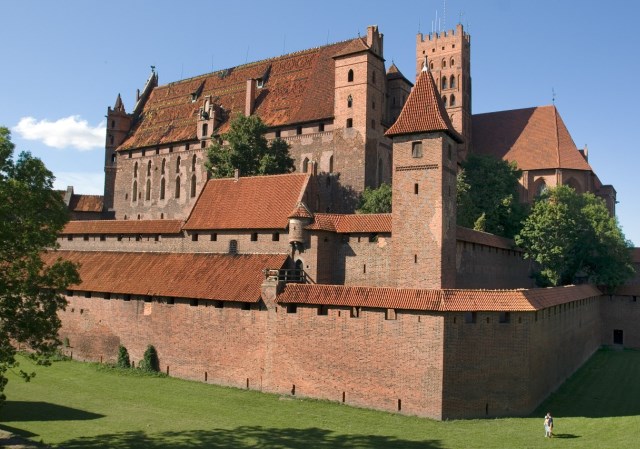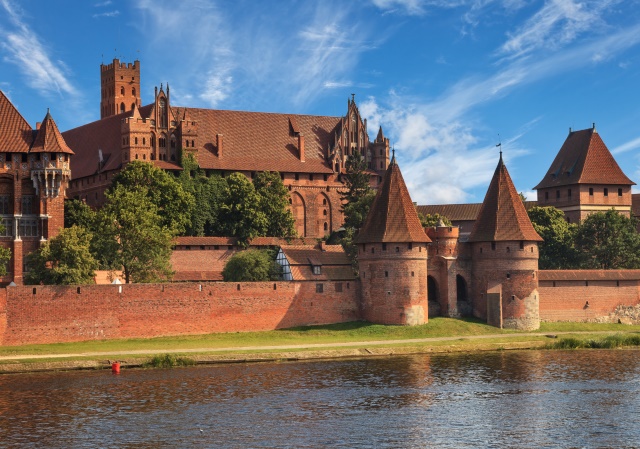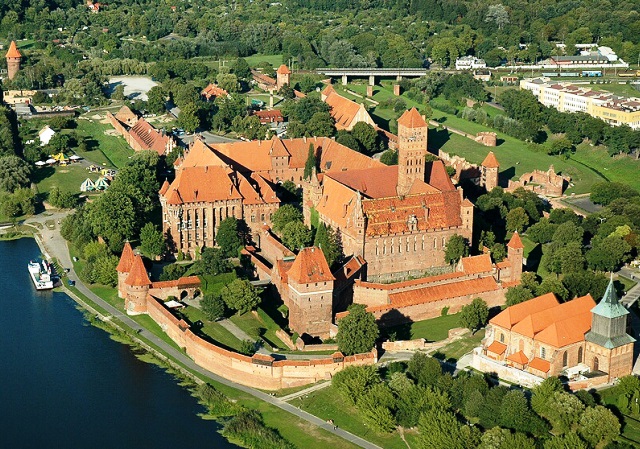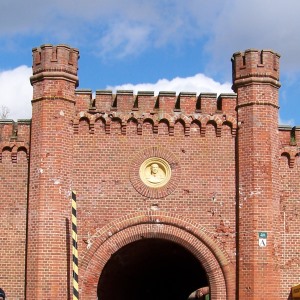Military monuments in the North-East Poland
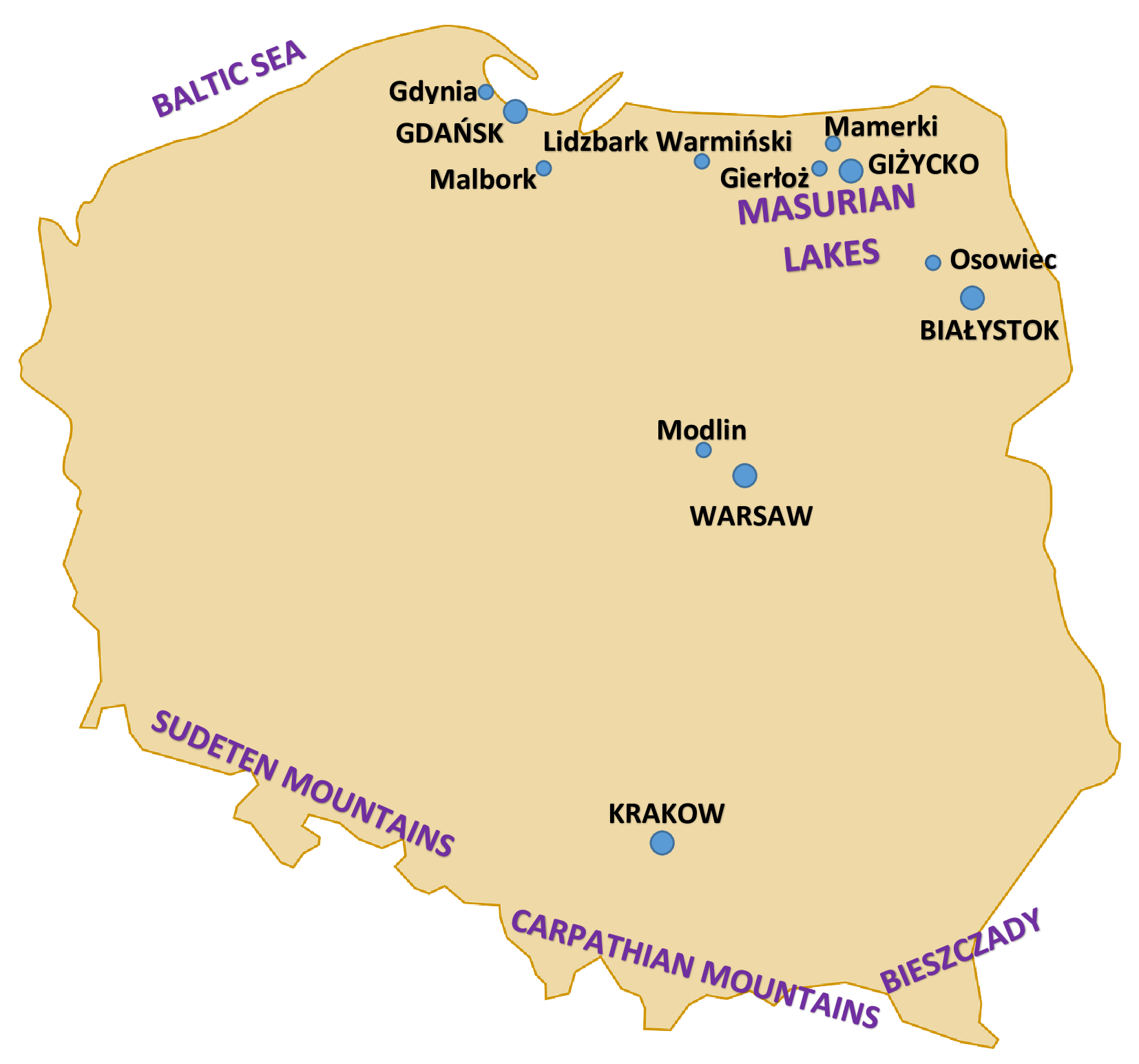
Mazovia region, Mazurian Lake District and Pomerania are not only reach with different types of interesting and unique fortifications but you will also find many Second World War Memorials there.
DAY 1 – Arrival in Warsaw and check-in. Join us for a 2-hour tour to see the most interesting sites of this vibrant city. We start the tour with the visit to the Museum of Warsaw Uprising. Overnight in Warsaw.
DAY 2 – Today’s tour we start with visiting Warsaw Citadel. Later we drive north to visit Modlin Fortress. We continue to Bialystok for the night.
DAY 3 – After 1,5 h drive from Bialystok we reach Osowiec Fortress. Later we continue to Giżycko to visit the Boyen Fortress. Overnight in Gizycko.
DAY 4 – We set off from Gizycko to Mamerki. After visiting Mamerki, we continue to Gierloż, to the site of Wolf’s Lair. On the way to Gdansk, we will be passing through Lidzbark Warminski. In the afternoon we will take a tour of Gdansk and visit the Museum of the Second World War in Gdansk. After a short drive to Gdynia, we will visit ORP Błyskawica. Overnight in Gdansk.
DAY 5 – We begin with the visit to Westerplatte. After visiting the site and the monument, we continue to the castle of the Teutonic Order in Malbork. Overnight in Gdansk
DAY 6 – Departure from Gdansk airport.
Museum of Warsaw Uprising
A tribute to one of the most important events in recent Polish history.
It broke out on August 1, 1944 and was politically directed against the USSR. After 63 days of lonely fight against overwhelming German forces, resulted in the capitulation of October 3, 1944. It killed nearly 200 thousand insurgents and civilians and destroyed most of the buildings of left-bank Warsaw, including hundreds of priceless artifacts and objects of great cultural and spiritual value.

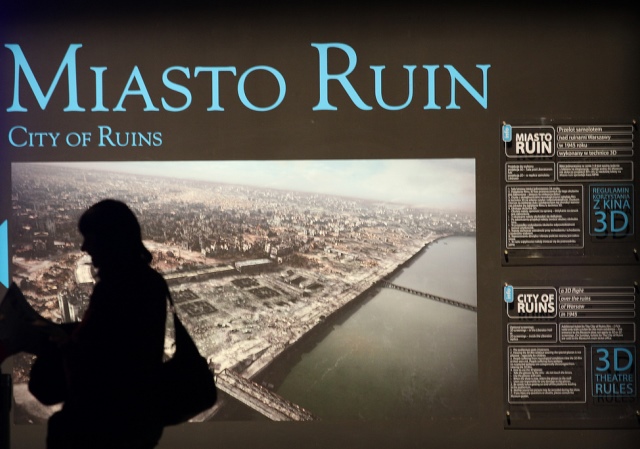
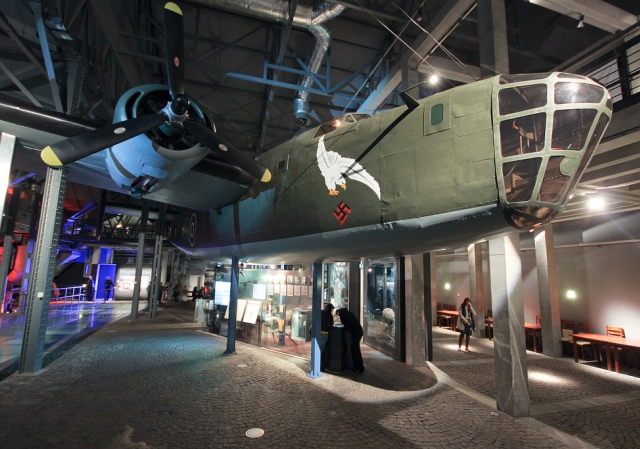
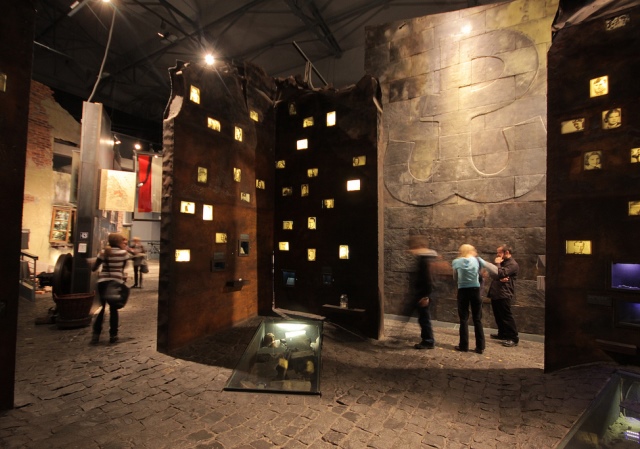
Warsaw Citadel
A fortress, which after the fall of the November Uprising in 1830 became a symbol of Polish independence movement. It was also the remand prison (X Pavilion) and the place of execution of Polish national activists and revolutionists.
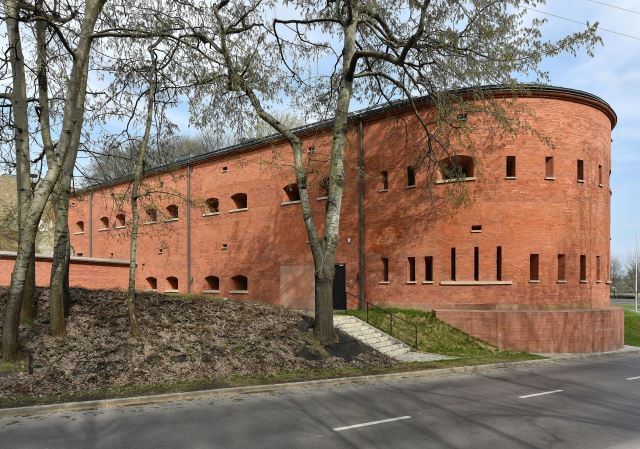
Source: Wikipedia
Modlin
Modlin Fortress, one of the largest and best preserved fortresses in Poland, with a turbulent history. Developed by Napoleon and expanded by Russians, played an important role for each army overtaking Poland.
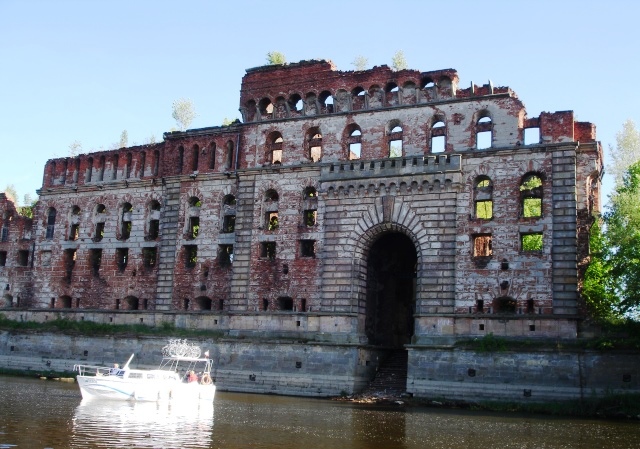

Osowiec
Osowiec Fortress from the second half of the 19th century, known for its 6,5-month defense during the WWI. At the beginning of the 20th century, it ranked among the most modern fortresses in the world and has never been conquered.
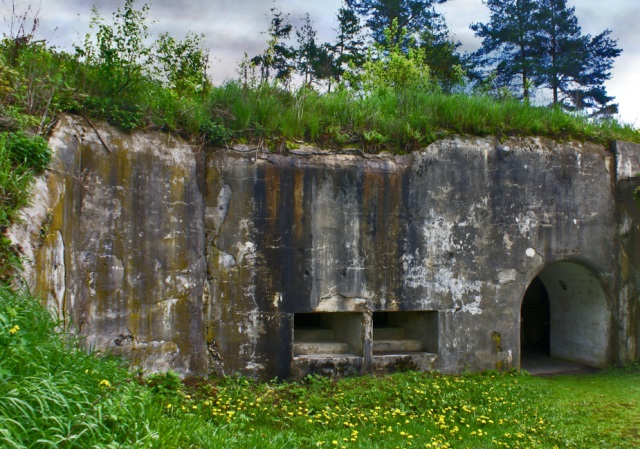
Boyen Fortess
Boyen Fortress, a star- shaped fortress, which constituted an important strategic facility, located on a narrow isthmus between two large lakes. Built in the years 1844-1856 by order of King Frederick William IV, it was prepared for the workforce of about 3,000 soldiers.
During World War II there was a laboratory that evaluated quality of the food delivered to the “Wolf’s Lair”. In 1945, the Germans left the fortress without a fight.
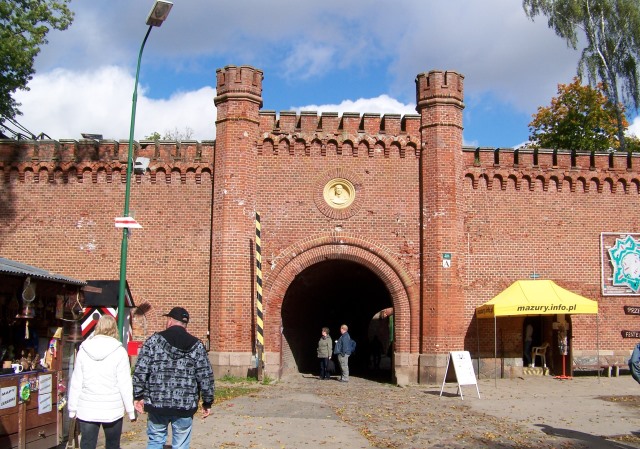
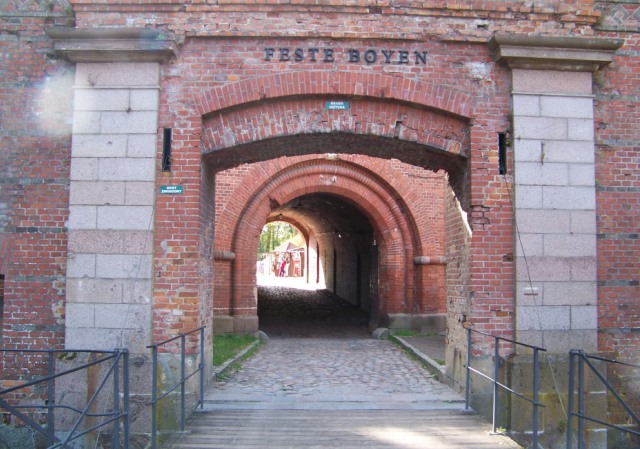
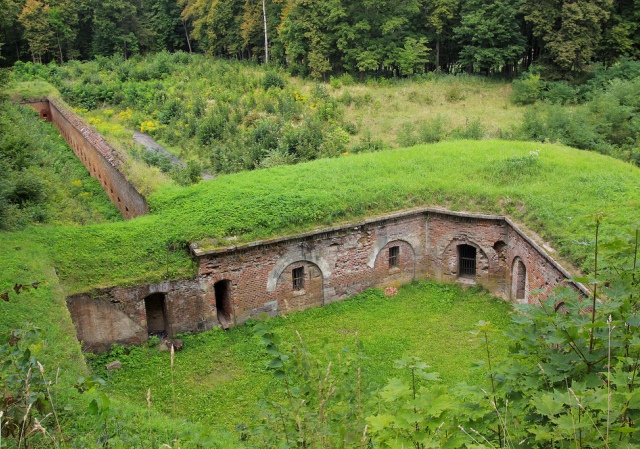
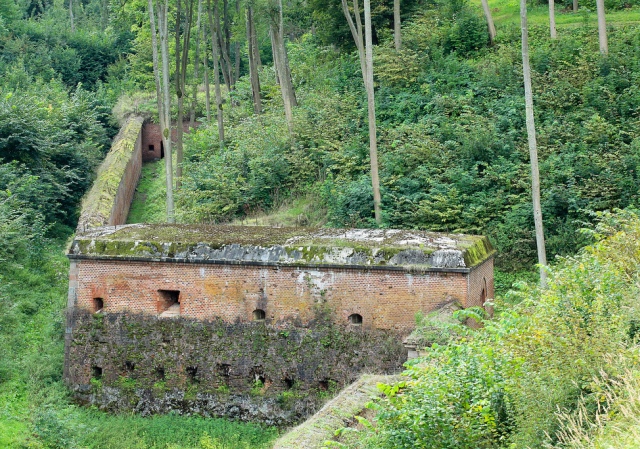
Mamerki
A town which preserves undamaged Nazi shelters.
The complex of 250 objects was built in 1940 – 1944 for the needs of Wehrmacht generals and soldiers.

Wolf’s Lair
Wolf’s Lair (Ger. Wolfsschanze) – in 1941- 1944 the headquarters of Adolf Hitler.
Accommodation was built for Hitler to command the troops conquering USSR.
July 20, 1944 von Stauffenberg and von Haeften made here unsuccessful attempt on Hitler’s life.
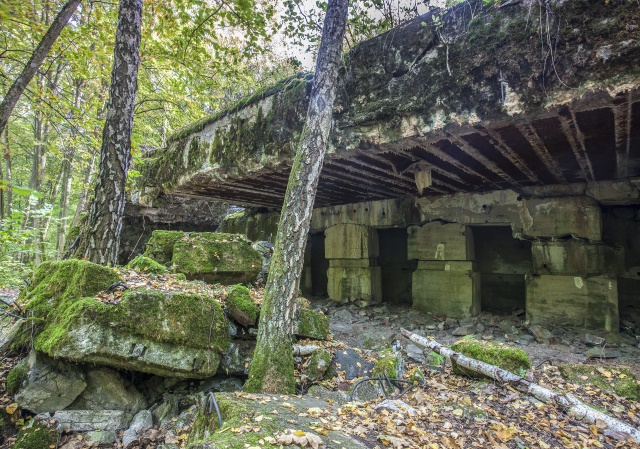
Lidzbark Warminski
A town which is a true jewel among Polish monuments. The well-preserved Gothic castle from the 14th century was a former seat of the Warmia bishops. It’s a town where Nicolaus Copernicus lived and worked for many years (he planned here his work “Commentariolus”).
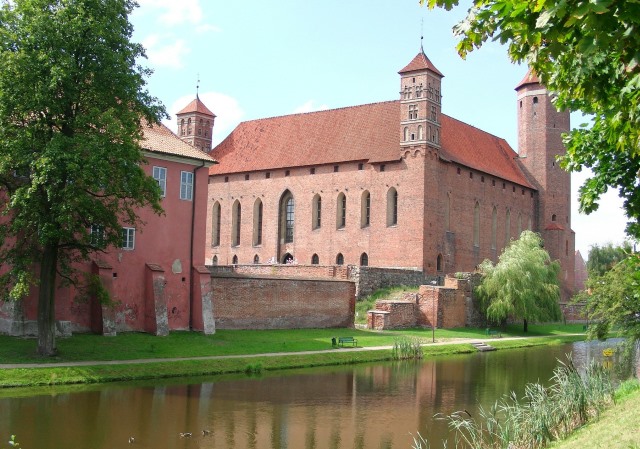
Gdańsk
Museum of the Second World War in Gdansk. The main exhibition is one of the largest in the world. Thanks to two thousand exhibits and modern multimedia stands, the visitors can get acquainted with archival photographs and films, see the interactive maps presenting military skirmishes or changes of state borders during World War II.
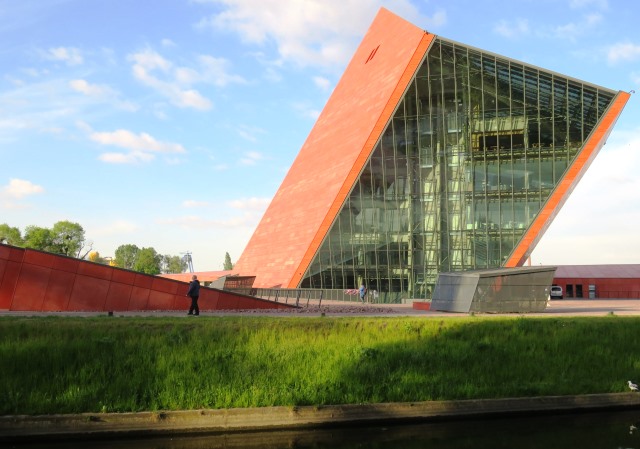
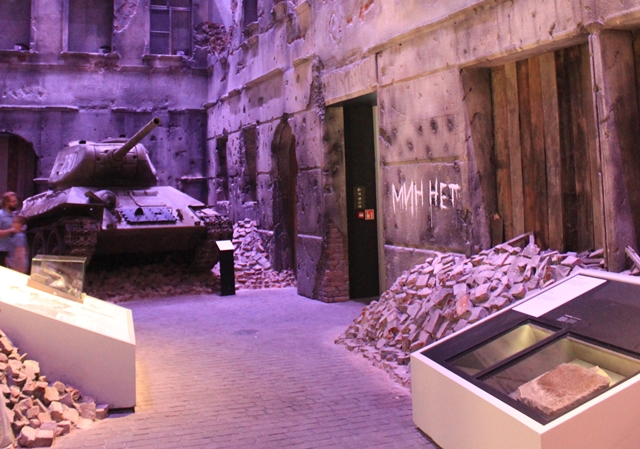
Source Pictures: Wikipedia
Gdynia
ORP Błyskawica – Polish destroyer from 1937. It participated in the activities of World War II from the first to the last days of fighting in Europe, operating in the Atlantic, the North Sea and the Mediterranean.
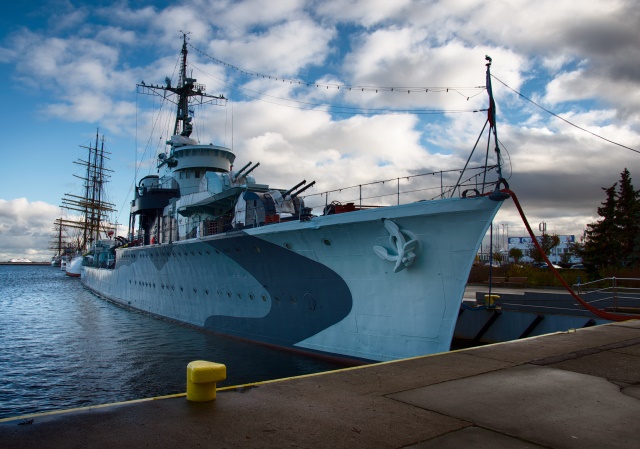
Westerplatte (Gdańsk)
Westerplatte is famous for the Battle, which was the first clash between Polish and German forces during the Invasion of Poland and thus the first battle of the European theatre of World War II.

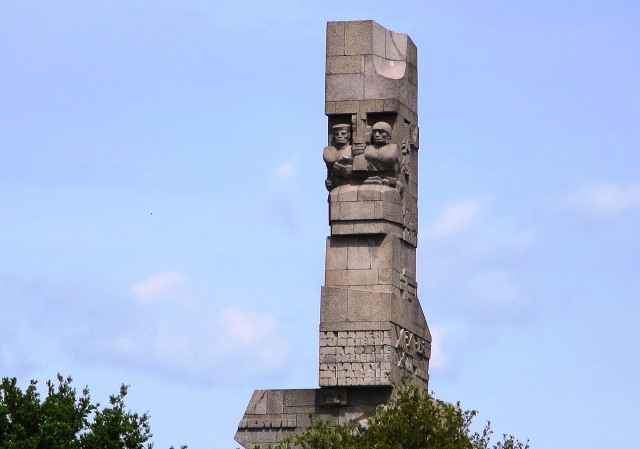
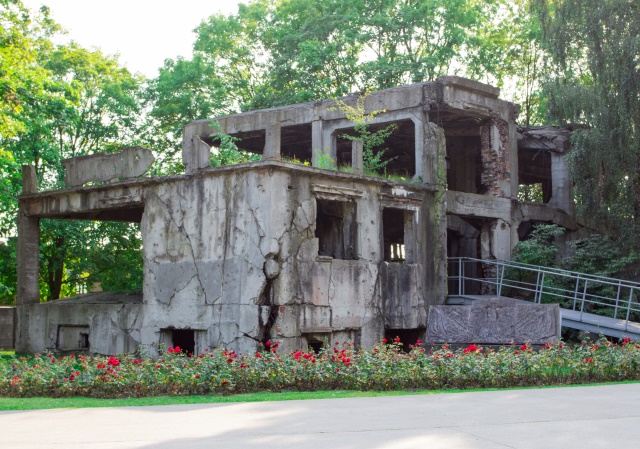
Malbork
Teutonic Order Castle in Malbork, the largest castle in the world measured by land area. On UNESCO World Heritage List since 1992.
A one-hour drive south of Gdańsk takes you to Malbork (Marienburg) – the seat of the Grand Master of the Teutonic Order, dating back to the 14th century, an outstanding example of medieval defensive construction.
The vast redbrick fortification which dominates the Vistula riverbank has the been the backdrop for many a medieval film epic. It has a wealth of treasures, including Teutonic armour and weaponry and an amber room. Admire the sinister Gothic traps, which the Teutonic brothers invented to rid themselves of inconvenient members and guests.
